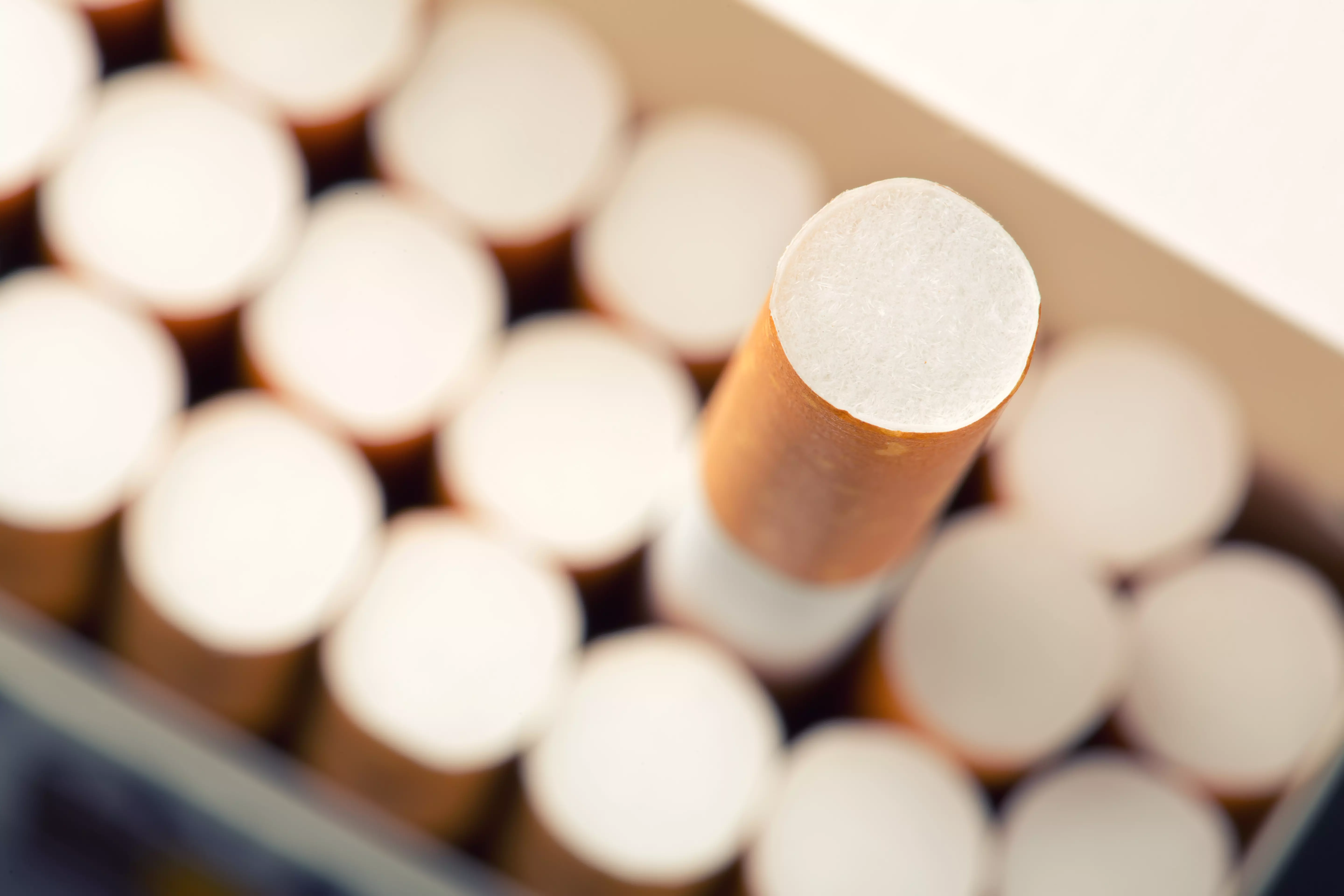Do filtering machines help reduce secondhand smoke?
Secondhand smoke poses a serious public health threat, especially to people who are exposed to tobacco smoke on a regular basis. Filtering machines, such as air purifiers, are often promoted as a solution to reduce exposure to secondhand smoke. But are they really effective? In this article, we'll take a look at this question.
How do filtering machines work?
Filtering machines, such as air purifiers, work by removing particles from the air. Some, such as those using HEPA filters, are able to remove particles of very small size, such as those found in tobacco smoke. Others, such as air purifiers with ionizers or carbon filters, can also help remove harmful gases.

Are they effective in reducing secondhand smoke?
Research on this topic is mixed. Some evidence suggests that air purifiers can reduce the amount of tobacco smoke particles in the air, but they do not remove all the harmful components of tobacco smoke.
In addition, the effectiveness of an air purifier largely depends on a number of factors, such as the size of the room, the amount of air it is able to filter per hour, and how and how often the device is used.
Is it enough to protect health?
Although air purifiers can help reduce the amount of tobacco smoke particles in the air, they should not be considered the only means of protection against second-hand smoke. In general, the best way to protect against secondhand smoke is to avoid exposure to tobacco smoke, whether by not smoking or by avoiding places with tobacco smoke.
Summary
Filtering machines such as air purifiers can help reduce the amount of tobacco smoke particles in the air, but they do not remove all the harmful components of tobacco smoke. Therefore, they should not be considered the only means of protection against secondhand smoke. The optimal strategy is to avoid any exposure to tobacco smoke.
 smokefreeamericas.org
smokefreeamericas.org smokefreeamericas.org
smokefreeamericas.org